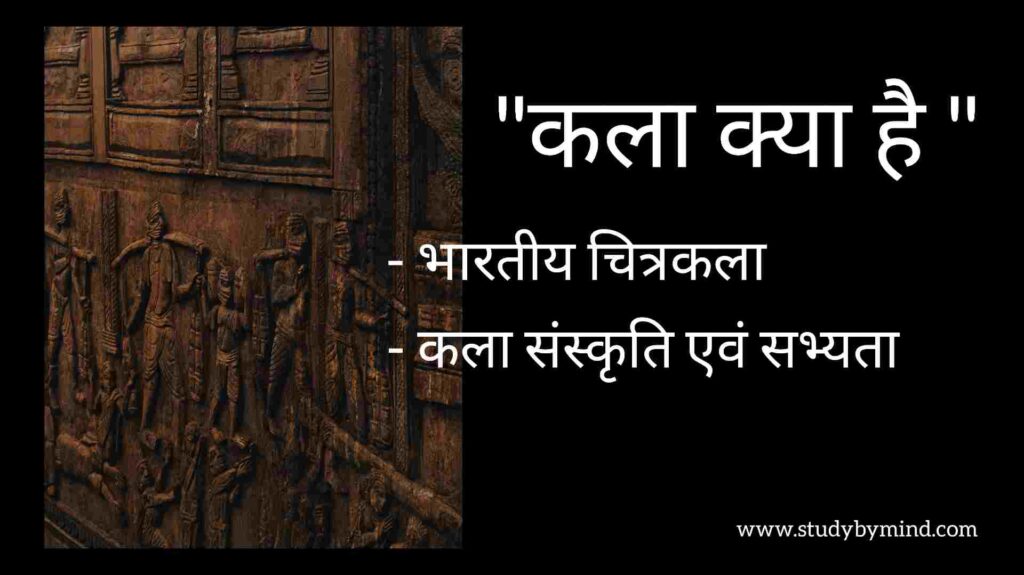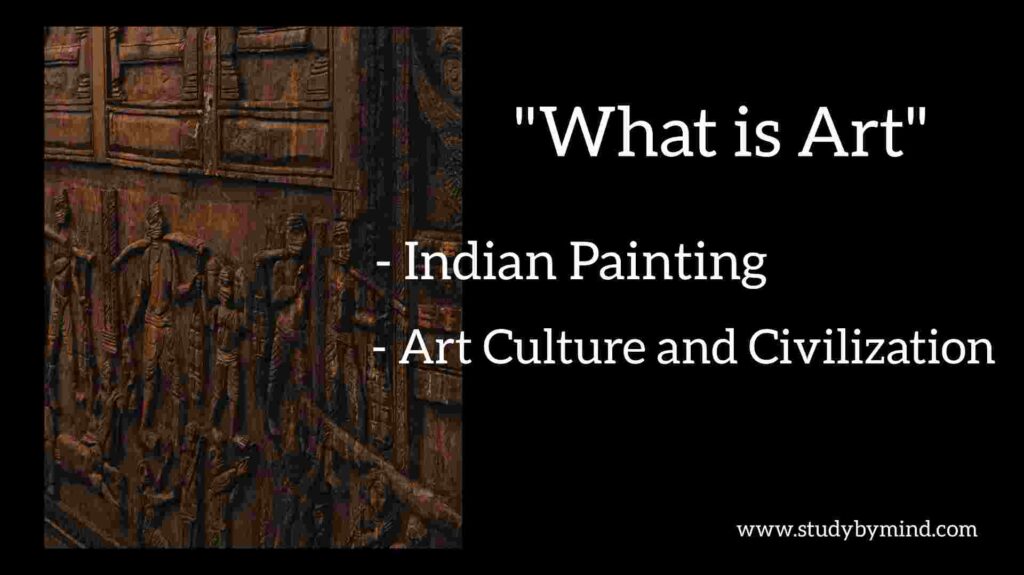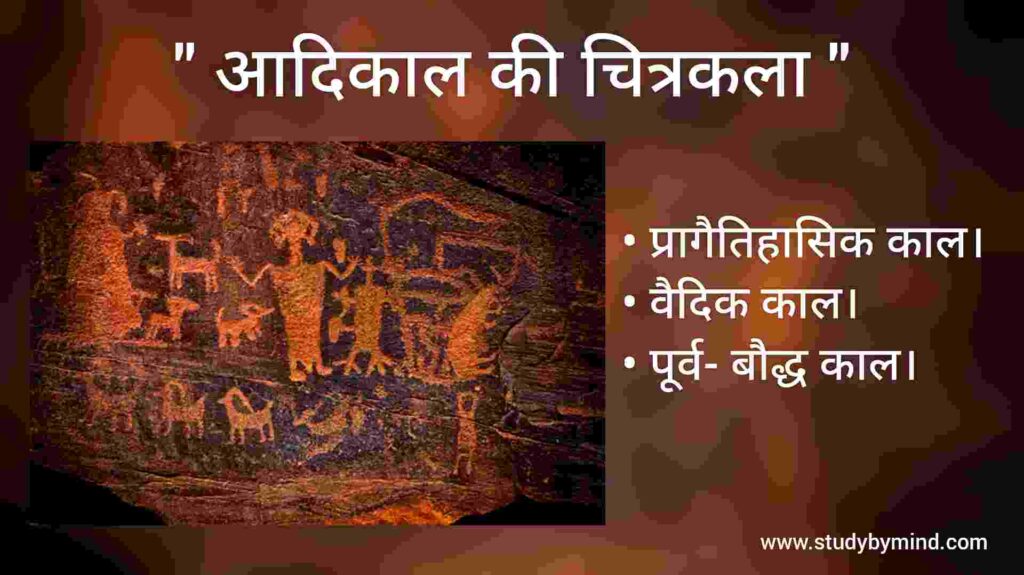Jogimara’s Cave
The cave of Jogimara was located under the Sirguja princely state of Madhya Pradesh. Jogimara Caves and Painting – This cave is situated at the origin of Narmada in a place called Amarnath. Amarnath is situated on the hills of Ramgarh, and is a place of pilgrimage. There is no complete facility yet to reach this cave. And have to travel on an elephant. Near the cave there is a Sitabonga or Sitalangada cave. which was an auditorium. It is also said that the river which used to act in the auditorium of this cave, the Jogimara cave is its abode. Seeing the subject of the paintings, it is known that this cave is probably Varuna was the temple of the deity. And Jainism had an impact on its art. From the study of the inscriptions in this cave, it has been deduced that this cave was a temple of the deity Varuna, and a devdarshini or devadasi was always here in the service of the deity. The composition style of the paintings here is similar to the contemporary Bharhut and Sanchi sculptures. For this reason, the probable time of these paintings is 2nd century BC (Maurya period). But this picture is by no means after the first century BC. 1914 BC In May, Shri Asit Kumar Haldar and Kshemendra Nath Gupta studied the paintings of Jogimara and presented details regarding them.
जोगीमारा की गुफा और चित्रकला in hindi – “ Click here”
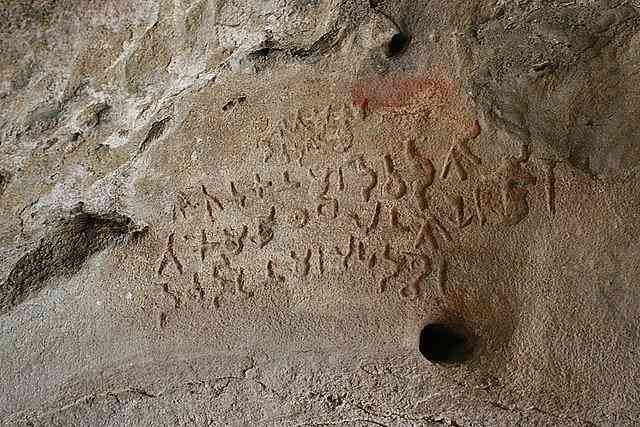
The frescoes of this cave are the oldest examples of Indian painting of the historical period. The colors and lines applied from above stand out. The theme of this cave paintings is very interesting. This cave is very narrow and small. And its length is 10 feet and breadth and height are 6 feet. And a man can easily touch the ceiling by standing. Because of this many pictures have been destroyed. Here first of all the pictures have been made in the distribution system by plastering the roof. And here the animals, birds, men and women, houses, ponds, flowers etc. have been marked with white, red and black colours. These pictures give knowledge of the developed civilization of that time. Some scholars have considered the tradition of these paintings to be the inspiration for the early mural painting style of Ajanta. These cave paintings come under Vedic period.
Jogimara Cave Pictures
Swargwas Shri Asit Kumar Haldar has described the fragmentary remains of 7 paintings found in this cave. Some authors have divided the seventh picture into two parts. Thus he has considered eight pictures. These pictures have been made in concentric circles. For the first time in Indian painting, examples of paintings made on roofs are found in the cave of Jogimara. And a new chapter of the technology of making murals begins in this cave.
Jogimara’s Graffiti
- In this scene figures of some men and pictures of elephants are depicted. And in this scene the water of the river has been marked with wavy lines. A big seal fish has been created in the water. Maybe it’s not a fish but it is. And this picture is related to the legend of the planet Gaja.
- In these pictures some people are resting under a big tree. And in this picture, in only three or four branches, there are one or two leaves, which are made of red color. The trunk of the tree is thick and simple.
- In this picture the scene of a garden is depicted by black lines on a white background. In this picture, flowers of red lily have been made. A couple is dancing on these flowers. This couple is made in red color.
- These pictures depict a disproportionate human being in the shape of a dwarf like a doll. In this picture a beak has been made on the head of a human. The tradition of marking a dwarf is very ancient in Indian sculpture and painting.
- In this scene a woman is lying, probably a dancer. And around it, some other human figures have been made sitting on a pedestal, playing singing. The lines of these paintings appear to be similar to those of the early Ajanta paintings.
- The marking of elements like chariots is seen in the ancient manner.
- The scene resembles the Greek chariots. Buildings have been built. This picture and most of its front have been destroyed. Therefore, it is difficult to estimate more of them.
- There are articles in the cave of Jogimara from the 3rd century BC and some later, so this picture should also be considered ancient. But the time of these paintings has been considered by western scholars to be the first century BC. On the basis of the paintings found in this cave, the subjects of these paintings are considered to be similar to the subjects of Dr. Blokh – Greek, Swargavasa Raikrishna Das – Jain, and Swargavasa Asit Kumar Haldar – god-maids living in the ancient temples of Raigad.
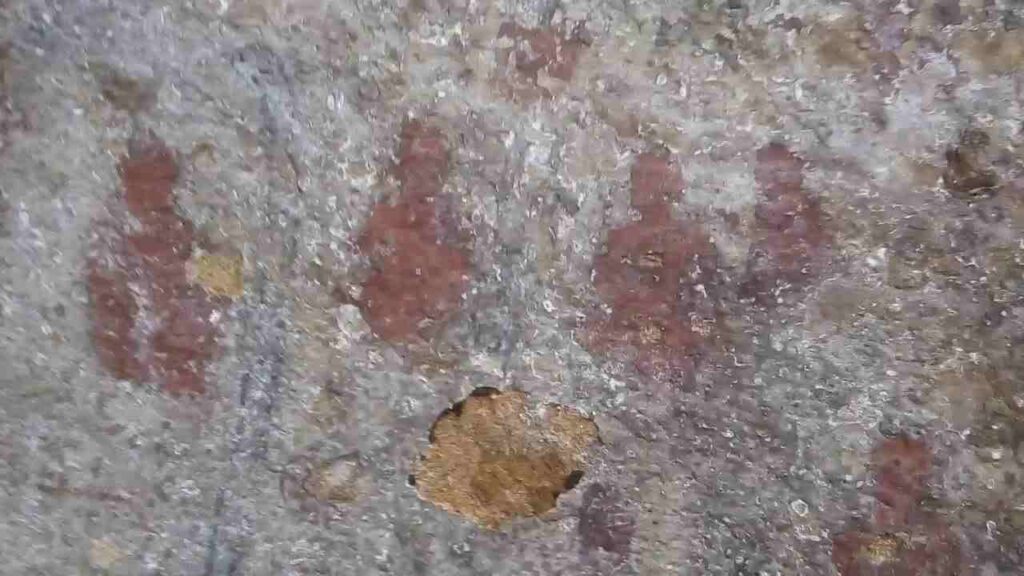
Features of Jogimara Cave Paintings
The structure and style of the dwarf-like figures of these paintings are similar to the sculptures of Bharhut style. The sculpture style of Sanchi has a substantial influence on these paintings. For this reason, Smith has considered them to be before the first century. These paintings have been made on a white surface coated with lime. These paintings use vegetable colors made from black “harra fruit” and red, yellow, and white mineral colors. The border lines of these pictures have been made in red color. The eyes of the figures are made of white and black and the hair is made of black colour. Yellow is used in the margins intended for the division of the images.
Some interesting facts about the art of Jogimara Cave
- From the subject of the pictures it is known that this cave is probably Varuna was the temple of the deity. And Jainism had an impact on its art.
- The frescoes of this cave are the oldest examples of Indian painting of the historical period.
- This cave is very narrow and small. Its length is 10 feet and width and height is 6 feet.
- Here animals-birds, men and women, houses, ponds, flowers etc. have been marked with white, red and black colors. From all these paintings, we get knowledge of the developed civilization of that time.
- The first Indian painting contains examples of paintings made on the ceilings in the cave of Jogimara.
FAQ
Q. Where are Jogimara Caves located?
A. The cave of Jogimara was located under the Sirguja princely state of Madhya Pradesh. This cave is situated at the origin of Narmada in a place called Amarnath.
Q. How many caves are there in Jogimara Caves?
A. Not known, but there is Sitabonga or Sitalangada cave near the cave. And this cave was the temple of Varun Devta.
Q. What is cave painting?
A. The frescoes of this cave are the oldest examples of Indian painting of the historical period. The colors and lines applied from above stand out. The theme of this cave paintings is very interesting
Q. What is the size of Jogimara cave?
A. This cave is very narrow and small. Its length is 10 feet and breadth and height are 6 feet.
Q. How are Jogimara caves painted?
A. Here animals, birds, men and women, houses, ponds, flowers etc. have been marked with white, red and black colours. These pictures give knowledge of the developed civilization of that time.
Q. Jogimara cave is related to which religion?
A. not known.
Q. What is the age of Jogimara cave?
A. 1914 BC In May, Shri Asit Kumar Haldar and Kshemendra Nath Gupta studied the paintings of Jogimara and presented details regarding them.
See These Too
- Jogimara and Sitabenga Caves – ” Click here “
- Vedic Period and Art – ” Click here “
- Prehistoric Period and Art – ” Click here “
- Art History – What is Art? (Indian Painting, Art, Culture and Civilization) – ” Click here “
